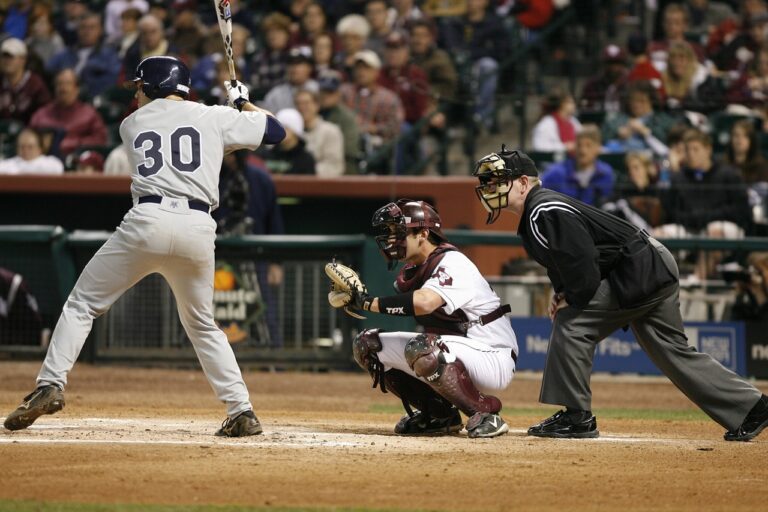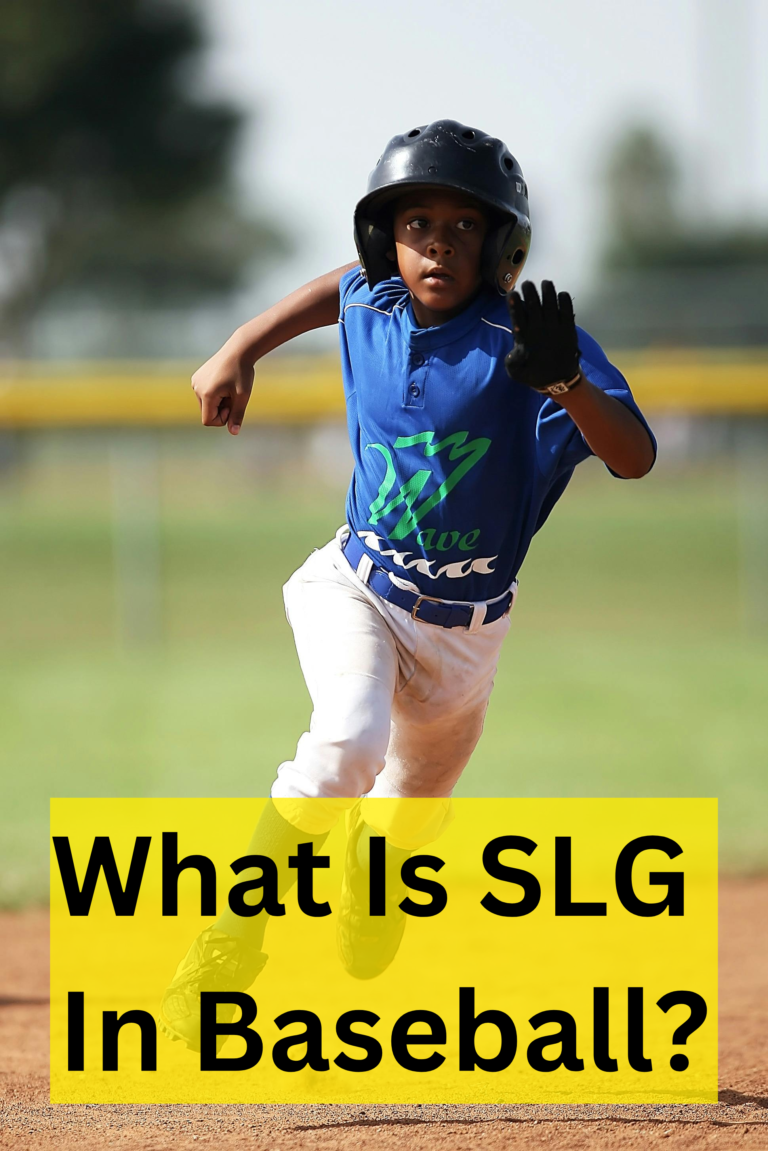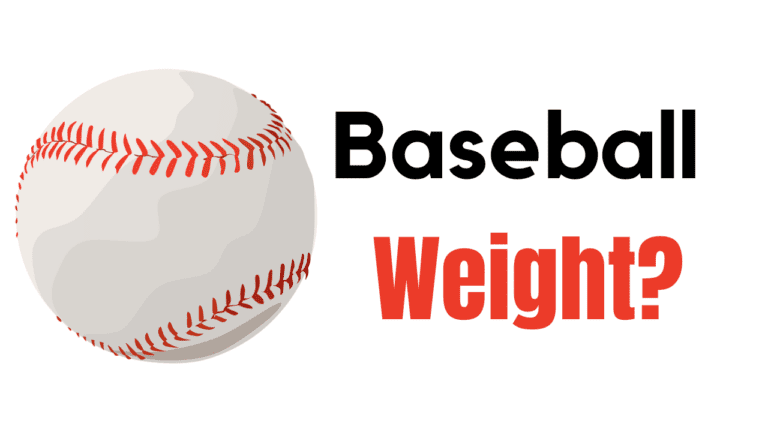What Is the Official Pitching Distance for 12U Baseball?
As a parent or coach of a 12U baseball player, you may be wondering about the ideal pitching distance for this age group. Pitching distance plays a crucial role in the development and safety of young players.
Finding the proper distance can enhance their skills, prevent injuries, and ensure an enjoyable experience on the field.
In this comprehensive guide, I will explore the evolution of pitching distances in baseball, why pitching distance matters for 12U players, current regulations, the pros and cons of different distances, factors to consider, tips for coaches and parents, and common misconceptions.
By the end, you’ll understand how to determine the ideal pitching distance for 12U baseball.

The evolution of pitching distances in baseball
The pitching distance in baseball has evolved significantly over the years. In the sport’s early days, pitchers would throw from a distance of only 45 feet. As the game progressed, the distance gradually increased to 60 feet, 6 inches, the standard distance used in professional baseball today. However, for youth baseball, including the 12U level, shorter distances are typically used to accommodate the players’ age and skill level.
Why pitching distance matters for 12U players
Pitching distance matters for 12U players because it directly affects their ability to throw strikes, develop proper mechanics, and avoid overuse injuries. At this age, players are still honing their pitching skills, and using a distance that is too long or too short can hinder their progress. If the distance is too long, they may struggle with accuracy and control, leading to frustration and a lack of confidence. On the other hand, if the distance is too short, they may not be able to fully extend their arms, limiting their velocity and potential for growth.
Current pitching distance regulations for 12U baseball

The current pitching distance regulations for 12U baseball vary depending on the league or organization. The most common distance used is 46 feet, which strikes a balance between allowing young pitchers to develop their skills and challenging them to improve.
However, some leagues may opt for shorter distances, such as 44 feet or even 40 feet, to further accommodate younger players. It’s essential to familiarize yourself with the specific regulations of your league or organization to ensure compliance and create a safe and developmentally appropriate environment for your 12U players.
Related: What is a RBI in baseball
Pros and cons of different pitching distances for 12U players
Different pitching distances for 12U players come with their own set of pros and cons. Let’s explore some of them:
- Forty-six feet: The standard 46-foot distance balances challenging young pitchers and allowing them to develop their skills. It promotes proper mechanics, encourages accuracy, and allows for gradual increases in velocity over time. However, it may still be challenging for some players who are less developed physically or have limited experience.
- Forty-four feet: A 44-foot distance can benefit players still working on their mechanics or need extra time to develop their arm strength. It allows for increased accuracy and can help build confidence. However, it may not provide enough challenge for more advanced players, potentially hindering their growth.
- Forty feet: A 40-foot distance is typically used for younger age groups, but some 12U leagues may opt for this shorter distance to further accommodate players. It allows for better control, promotes proper mechanics, and reduces the risk of overuse injuries. However, it may limit players’ ability to develop velocity and adjust to longer distances in the future.
Factors to consider when determining the ideal pitching distance
Several factors should be considered when choosing the perfect pitching distance for 12U baseball. These include the players’ physical development, skill level, ability to throw strikes consistently, and overall game enjoyment.
It’s vital to balance challenging the players and ensuring they have a positive experience on the field. Consulting with experienced coaches, observing the players during practice and games, and seeking their feedback can help make an informed decision.
The importance of age-appropriate pitching distances in player development
Using age-appropriate pitching distances is crucial for the development of young baseball players. It allows them to gradually build their skills, develop proper mechanics, and avoid overuse injuries.
By using distances tailored to their age and abilities, players can focus on improving their accuracy, control, and velocity without feeling overwhelmed or discouraged. Age-appropriate pitching distances also create a level playing field among players of similar age groups, ensuring fair competition and a positive learning environment.
What is a Double Header in baseball
Tips for coaches and parents on adjusting pitching distances for 12U players
As a coach or parent of a 12U baseball player, you play a vital role in determining the pitching distance for your team or child. Here are some tips to help you make the proper adjustments:
- Observe and assess: Watch your players closely during practice and games to evaluate their pitching abilities. Please take note of their mechanics, accuracy, control, and overall performance. This will help you gauge whether the current distance is suitable or if adjustments are necessary.
- Communicate: Talk to your players and their parents to gain insights into their comfort level, goals, and aspirations. Understanding their perspectives can guide you in making decisions that align with their needs and aspirations.
- Consult with experts: Seek advice from experienced coaches, trainers, or league officials with expertise in youth baseball. Their knowledge and experience enable them to offer insightful analysis and suggestions.
Common misconceptions about pitching distances in youth baseball
There are several common misconceptions about raising distances in youth baseball that should be debunked:
- Longer distance equals better development: While it’s important to challenge young players, using excessively long distances can hinder their development and increase the risk of injuries. Finding the right balance that allows for growth while maintaining safety is crucial.
- Shorter distance leads to slower development: Shorter distances do not necessarily impede a player’s development. It can promote better mechanics, accuracy, and control, essential for future growth.
- One size fits all: There is no one-size-fits-all pitching distance for all 12U players. Each player is unique, with varying physical abilities and skill levels. It’s essential to consider individual factors when determining the ideal pitching distance.
Conclusion: Finding the proper pitching distance for 12U baseball
In conclusion, finding the appropriate pitching distance for 12U baseball requires careful consideration of various factors. It’s crucial to balance challenging the players and ensuring their safety and enjoyment.
By observing the players, consulting with experts, and considering individual needs, coaches and parents can determine the ideal pitching distance that promotes skill development, prevents injuries, and fosters a positive playing experience.
Pitch distance is not a one-size-fits-all approach, and adjustments may be necessary as players grow and develop. We can help young baseball players thrive and reach their full potential by prioritizing their well-being and growth.
CTA: Encourage your 12U baseball players to experiment with different pitching distances and provide feedback on their comfort and performance. This will help you make informed decisions that optimize your development and enjoyment of the game.







2 Comments